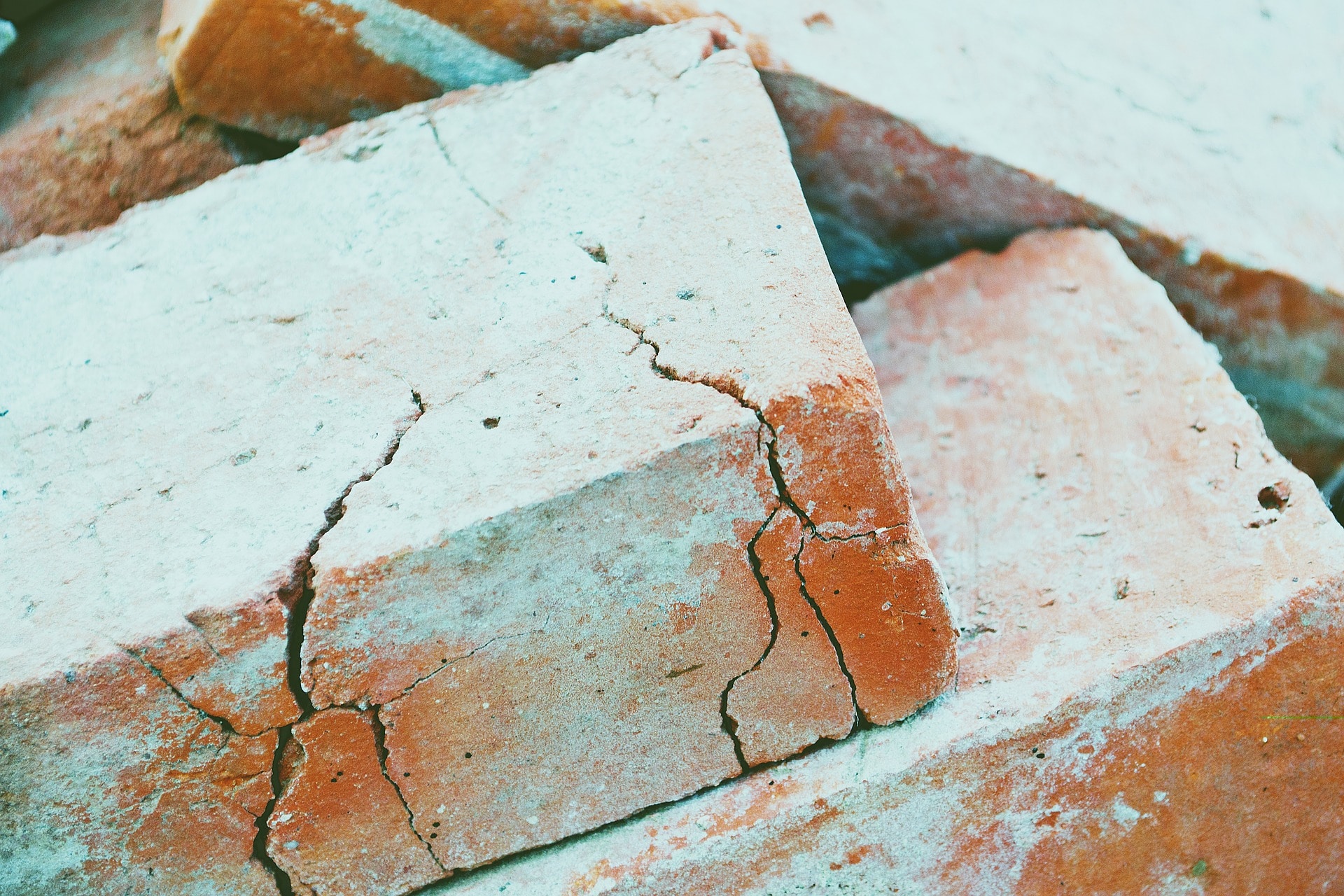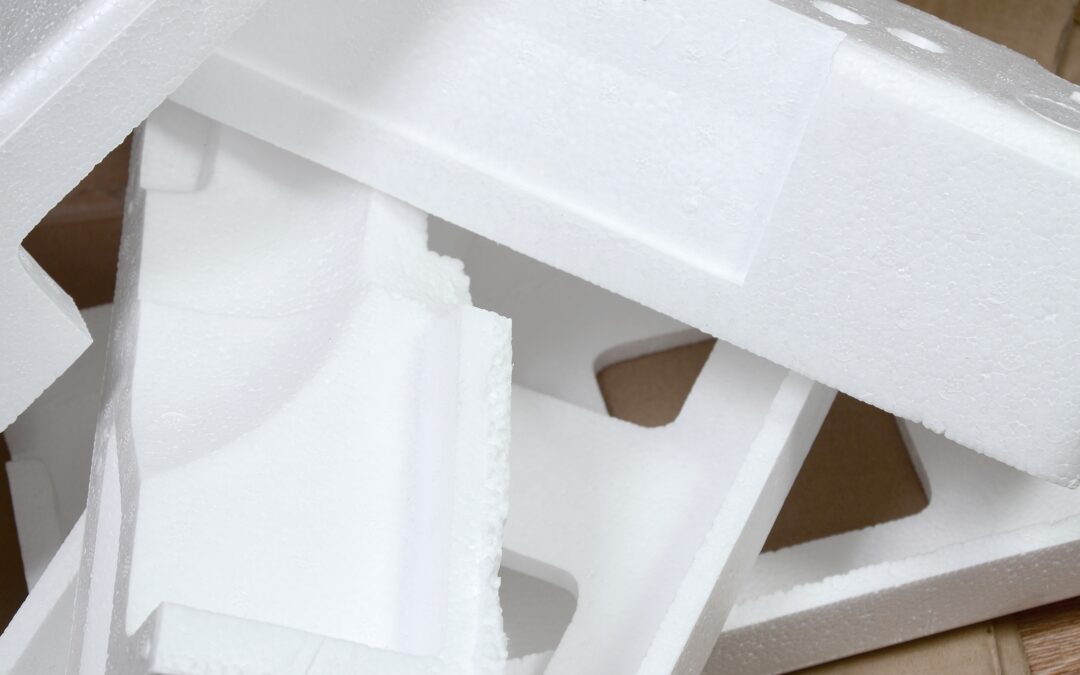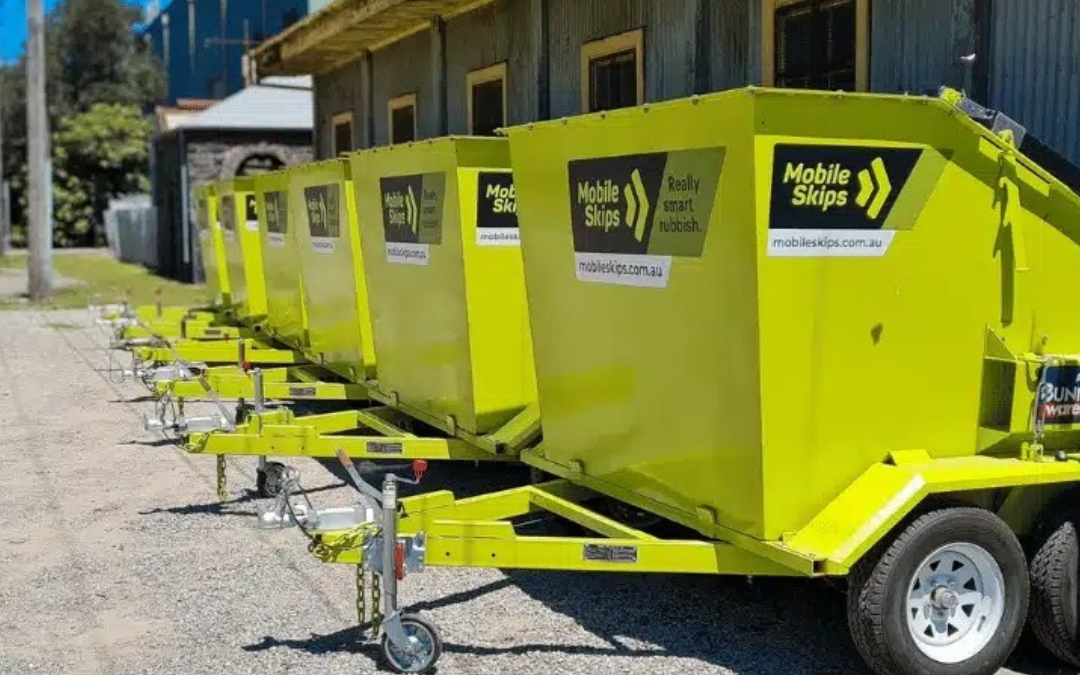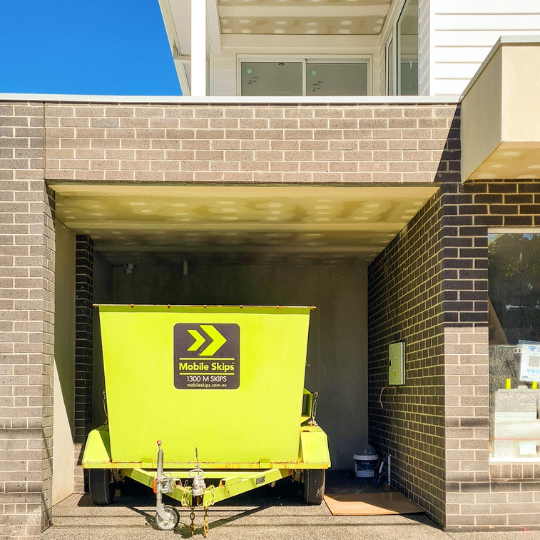As the years pass, we have seen and experienced the damaging effects of industrialisation on the environment. Protecting the environment has become one of the essential aspects of long-time survival on earth. That is why many construction businesses are coming together to support waste minimisation techniques like safe concrete disposal and concrete recycling.
Table of Contents
In any construction project, the waste generated needs to be periodically disposed of. What if we tell you that you can use the trash to create new construction materials? By taking concrete recycling seriously, you can save extra dollars on new materials and contribute to a safer and greener environment!
Why you should recycle concrete
Concrete is one of the most popular and widely used construction materials. Waste concrete is one of the top contributors to solid waste that occupies the landfills. By choosing to recycle concrete, you are solving issues in waste management and concrete manufacturing industry.
If we have to start from the beginning, then the concrete’s manufacturing process is damaging to the environment. The high carbon dioxide emissions beg for more sustainable practices in using concrete as a construction material.
Concrete disposal in itself is an expensive and taxing process. From transportation to tipping fees at landfills, the whole process is costly and contributes to environmental damage. Concrete recycling is a cost-effective and environment-friendly way to close the construction material life cycle.
The ever increasing pressure on landfills piling up waste from construction and demolition materials calls for reform. There are no downsides to recycling used concrete in newer ways. That is why policymakers in Australia show heavy emphasis on recycling and reusing waste concrete in innovative ways.
Benefits of recycling concrete
Apart from the obvious economic and environmental benefits, there are so many advantages of switching to recycling than hopeless dumping in landfills. Now that you have understood that concrete recycling is the need of the hour, let’s see its benefits.
- Concrete recycling promotes a circular economy.
- If you are going to recycle concrete, you don’t have to pay exorbitant prices for transportation and landfill tipping.
- Concrete recycling paves the way for innovation in landscape designing.
- You can start using recycled concrete with many construction materials to reinforce them.
- Are you looking for a cheap source of aggregate? Use recycled concrete; it’s much more affordable than newly mined concrete.
- The effects of the gravel mining industry are horrifying. Protect the biodiversity of rocks and natural resources, use recycled concrete as gravel!
- You are decreasing the emissions that incur in transportation to the landfill.
- Recycling is the best way you can extend the life of our natural resources. To make construction materials, a lot of mining goes underway. If you use recycled concrete, you are reducing the dependence on such environmentally damaging materials.
- If you’re building a new structure and want LEED Certification, using recycled concrete will earn you points.
- The process of concrete disposal and recycling creates new avenues for employment.
- Using recycled concrete promotes sustainable construction practices that make your business environmentally conscious.
How can you recycle construction and building waste in Australia?
The Australian government aims for an average 80% recovery rate from all kinds of waste streams by 2030. With the action plan declared by the Aussie government, construction businesses should take special heed to manage their waste generation.
The entire concrete recycling process involves reducing the demand for newly mined concrete and similar construction materials. We can use recycled concrete to reinforce existing materials and make them stronger.
Process of Recycling Concrete
To begin the process of recycling concrete, you will need industrial-level crushing equipment. This equipment should ideally come with large impactors and jaws. After crushing the concrete, it is run through a secondary impactor and screens to filter out any dirt and large impurities. You can use multiple screens to sort the small aggregate from the large aggregate.
Further, there are processes like magnetic separation, water flotation, and separators that can be used to get rid of specific contaminants from the crushed concrete. You can also pulverise the concrete, but this method often leaves behind some contaminants that will form byproducts.
Tips for recycling concrete in Australia
Making environment-friendly choices now rules our every decision. From using reusable grocery bags and cutlery to carpooling, as humans, we make environment-conscious decisions. So, if we’re willing to adapt to such small changes, why not adopt them into the multi-million dollar concrete industry?
Whether you had a minor home renovation project or a significant property demolition, disposing of the concrete is very easy! Let’s see some hacks that you use to dispose of concrete for recycling safely:
Reach out to Construction Companies Directly
You can get in touch with local Australian construction companies by finding their contact online. You can ask them if they would do a pickup of the old concrete from your location. Most construction companies also deal with recycling and need concrete daily for a lot of processes. If you directly contact them, then they might come by for a pickup saving you more money.
Listing your concrete online
If you have a surplus of concrete from a construction project, you can sell the leftover online. You can offer to sell the extra concrete on Craiglist and similar listing websites. Many small construction companies might come around to pick up the concrete free of charge. They might need the extra for completing their work. Don’t worry; your concrete will never go to waste. Many businesses and people are looking for concrete, and you’ll save money by forwarding the materials instead of dumping them in the landfills.
Contact Landscape Companies
The landscape designing industry has come up with some genuinely unique applications of recycled concrete. The sturdiness of concrete is what makes it easy to utilise in many applications.
Get in touch with local landscaping companies in your area who will be more than happy to collect your old concrete. While they cannot accept significant amounts of waste concrete, make sure you check with them before you show up with your concrete.
Look for a Recycling Dedicated Bin Rental Company
Search for concrete bin rental companies that also offer recycling services. It’s the best way to sort out your old concrete and make sure it gets recycled without moving anywhere from your location.
All you have to do is load up the bin with your construction concrete waste and wait for the company to drive by to collect it. While very few companies recycle the concrete from the bin, most of them forward the waste to another recycling business.
Where can you use recycled concrete?
Concrete has a very long lifespan and is a versatile product. That is why you’ll see innovative applications of recycled concrete in all facets of our lives. Builders and construction companies are standardising the use of recycled concrete in their practices. Because concrete is durable and has a unique composition, construction companies can utilise it for various applications. Let’s see some of the useful applications of recycled concrete.
Concrete Aggregate
The crushed concrete can serve as a dry aggregate for manufacturing new concrete. Since the crushed concrete is free from any pollutants after cleaning, it’s perfectly viable to be used for mixing new concrete.
Landscaping Products
Recycled crushed concrete of various sizes can serve a lot of different applications in an aesthetic landscape scenario. Crushed concrete can easily replace gravel used in garden walls, bed foundation for trenches, foundation base for terraces and building patios, walkways, and paths. The most popular type of reusable crushed concrete used is called “urbanite”.
Wire Cages Construction
You can fill wire gabions with recycled crushed concrete and then pile them up in a way that it serves as a nifty retaining wall. These wire cages are also useful in protecting embankments. They can also act as a decorative yet convenient privacy screen.
Building Roads
Gravel is used in the sub-base layer of new road constructions. You can substitute the use of gravel with smaller prices of concrete. The recycled concrete has the best combination for a durable base on top of which cement ad asphalt can be poured. Another method for using old concrete is by breaking it in place through a process called “rubblization“. It’s the most efficient way of recycling concrete at its source and makes for a sturdy base for asphalt layering above it.
Controlling Erosion
If you place large pieces of recycled crushed concrete along the banks, like as large as ten by eighteen inches across, they will help to combat stream bank erosion. Using recycled concrete is very useful, that is why you can spot these around ditch pipes, landscaping and gullies.
To conclude with
Now that you know the smart advantages of reusing old concrete, you can utilise it in new and innovative ways. Ensure you follow the proper guidelines for concrete disposal in your state and help reduce landfill waste by recycling concrete!
Summary
Over the past decade, states like Victoria, Western Australia and South Australia have adopted a ‘zero waste’ strategy. This is to combat the damages done by waste piling up in landfills. The policies are in place to promote sustainable business practices and urge municipal sectors to adapt their practices with stress on the environment.
Keeping in line with the goals to reduce the solid waste stream, dumping old concrete in the landfills will not help. That is why safe concrete disposal and concrete recycling businesses have taken over the construction industry by storm. In Australia alone, you can see how quickly recycled concrete has been adopted into standard practice!
The need of the hour: Concrete Recycling
From the manufacture of concrete to its disposal in landfills, all processes involved damaging the environment. By recycling concrete and increasing its life span, we can put an end to this never-ending cycle of environmental abuse.






